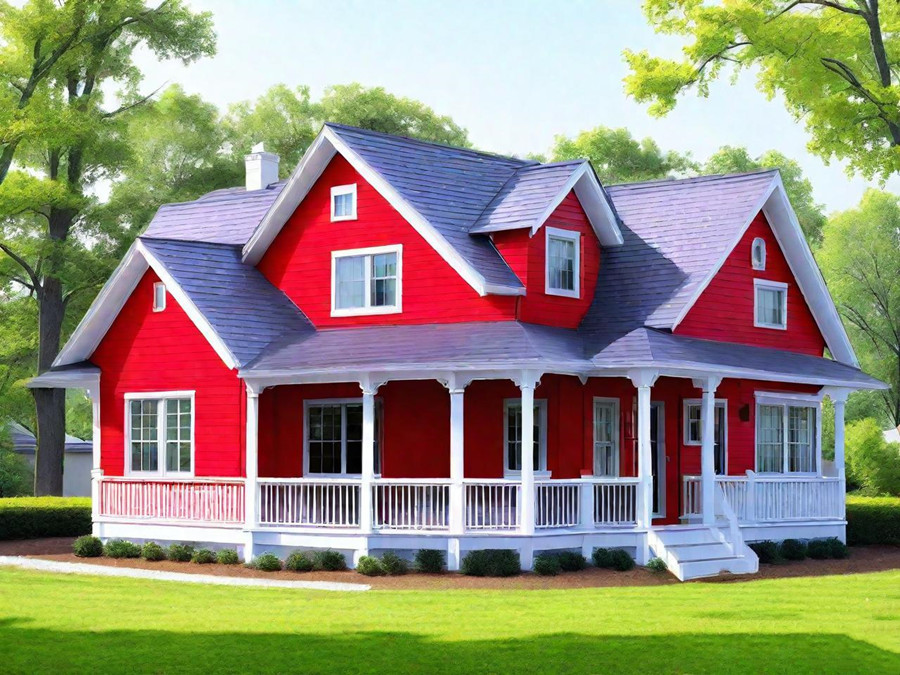As the concept of sustainable development becomes increasingly ingrained in society, green building has emerged as an important trend in the construction industry. Lightweight steel villas, as a new type of building form, have sparked widespread interest regarding their compliance with green building standards. This article will explore how lightweight steel villas meet the requirements of green building and highlight their advantages in environmental protection and resource utilization.

First, the choice of materials in lightweight steel villas is a key factor in their compliance with green building standards. The steel used in lightweight structures is highly recyclable, effectively reducing the generation of construction waste. Additionally, modern lightweight steel villas typically utilize high-efficiency insulation materials that lower energy consumption. These materials not only provide excellent thermal performance but also minimize environmental impact, aligning with green building requirements for material sustainability.
Secondly, the high efficiency demonstrated during the construction of lightweight steel villas is another indicator of their adherence to green building standards. Compared to traditional buildings, the construction timeline for lightweight steel villas is significantly shorter, often completed within a few months. This advantage not only reduces resource waste during the construction process but also lessens the environmental impact on surrounding areas. A quicker construction process results in less noise and pollution, making it more compliant with green building standards.
In terms of energy savings, lightweight steel villas provide a comfortable living environment through their excellent insulation and ventilation design. Effective insulation systems can maintain indoor temperatures, reducing the need for air conditioning and heating, which in turn lowers energy consumption. Studies show that well-designed lightweight steel villas can reduce energy usage by 20% to 30%, meeting the energy efficiency standards set by green building.
Furthermore, lightweight steel villas can incorporate renewable energy technologies, such as solar power systems and rainwater harvesting systems. These green energy solutions not only decrease reliance on traditional energy sources but also effectively lower household operating costs. For instance, installing solar panels can provide a sustainable electricity supply for homes, achieving self-sufficiency, which is a significant goal of green building.
Finally, the design flexibility of lightweight steel villas allows them to adapt to various environmental conditions and user needs. Architects can optimize the design of the house based on different climates and geographic locations to maximize natural lighting and ventilation, thereby reducing the demand for artificial lighting and air conditioning. This design approach not only enhances living comfort but also further boosts the building's eco-friendly characteristics.
In summary, lightweight steel villas not only comply with green building standards but also showcase significant advantages in environmental protection, energy savings, and resource utilization. As society continues to emphasize sustainable development and environmental awareness, lightweight steel villas will become an essential choice in the future construction industry. Choosing a lightweight steel villa is not just opting for a modern and comfortable living style; it is also a proactive response to environmental protection and resource conservation. By promoting the development of lightweight steel villas, we can better realize the vision of green building and collectively create a more eco-friendly and sustainable future.